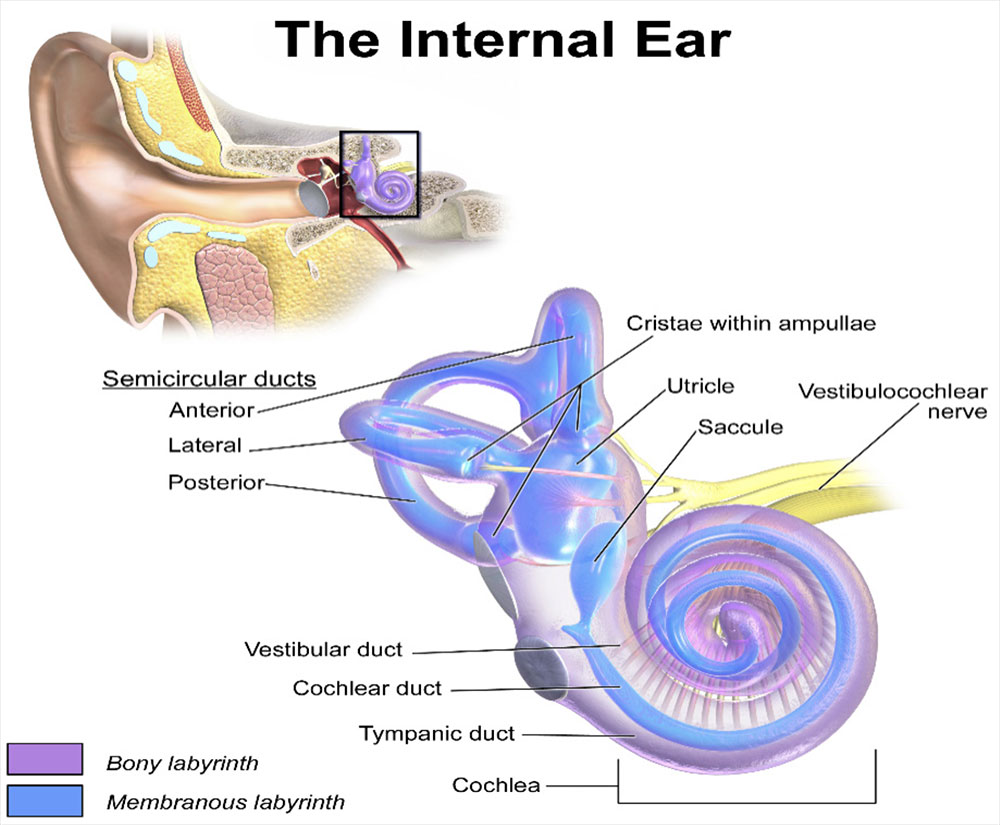
By Leo Davies
Reprinted with the kind permission of Keep Soaring, LKSC
When we fly, we like to go fast. Pilots often brag about their speed, as in, “I averaged 340 km/hour on my last leg”. Strange then, that once we close our eyes, we have no way of telling how fast we are going. Back in the days when we used to fly to attractive destinations in fast jet aeroplanes the guy in the left seat would push the throttles forward and we felt ourselves accelerate down the runway but once we were doing 1000 km/hour in the cruise we had no perception of movement at all. “Mine’s a gin and tonic, thanks”. Our senses are designed to keep us out of trouble and are much better at detecting change than steady states. Whether it is swimming in cold water or sleeping on a train our brain is insensitive to constant stimuli.
We can detect changes in speed though; that is, acceleration. We have quite good accelerometers in our buttocks. As I sit in my chair typing I can feel the chair pushing upwards against me with an acceleration of 9.8 metres/second/second. If I am lucky enough to be sitting in a glider and enter a 9.8 meter per second thermal, then I will feel 2 times the Gravity force. This will rapidly disappear as my glider begins to accelerate upwards. Once I am going up with the air mass at a stable rate then the accelerometers in my behind will tell me that I am back in a stable 1 Gravity field. So, we get the initial sensation of acceleration as we enter a thermal but once we are turning in it, we have no idea if we are going up quickly, slowly, or not at all.
Most of our physiological sensory organs are essentially springs. Under acceleration, the springs get compressed, under deceleration they get stretched. We can sense the length of our spring-like sensors and this tells us whether we are accelerating or slowing down. All our muscles and tendons are full of spring sensors, so we get a lot of feedback about acceleration. These sensors have exotic names; Golgi tendon organs, Pacinian corpuscles, and muscle spindles, but what they have in common is sensitivity to stretch. A hang glider pilot will feel air pressure compressing the spring sensors in the skin of his face but in our plexiglas cocoons we lose this input. We are left with subtle clues to speed, predominantly wind noise. When we enter a turn though, we are accelerating in a new direction and we certainly feel that. Our inner ear is the most important and sensitive organ for detecting acceleration. The hearing organ, the cochlea, detects high frequency accelerations, sound waves, and the semi-circular canals detect low frequency accelerations like gravity and thermal entry. The balance organs are lined with cells topped by fine “hairs” each topped by a small crystal, an otoconia. Yes, crystals really are magical. Under the influence of acceleration, the otoconia bend the hairs they are attached to and the hair cells fire off giving us information about how we are accelerating. When we are earth bound and walking around in a constant gravitational field these organs tell us when, and by how much, we are moving our heads. In the glider, like the accelerometers in our bums, they tell us about acceleration as we transition from one air mass to another.
The semi-circular detect angular acceleration. As we rotate our heads the semi-circular canals rotate but the inertia of the fluid within them produces movement of fluid through the canals. Once we have been in a constant turn for a while, the fluid catches up with the canal and the hair cells stop firing.
Without vision we would have no idea that we were still turning. Thus, in a cloud, with no external reference, the only force you are aware of as you enter a spiral dive is the gradual increase in G force, acceleration, as the turn steepens up. Once the wings come off this force will be relieved. In order to soar successfully we need to know about velocity, both airspeed and vertical velocity. Although we can sense thermal entry via our accelerometers, the only way that we can know how quickly we are going up in an established climb is with a velocity sensor, a vertical speed indicator. So, although you “feel” thermal entry, you are dependent on your variometer to tell you whether you are in a good thermal or an ordinary one. Interestingly, soaring birds have evolved in-built vertical velocity sensors. They have air sacs in their bones that expand with decreasing air pressure and vent through small orifices. This is very similar to the design of a variometer. It is possible that glider pilots might evolve such a system, but it may take us a while to get there.































